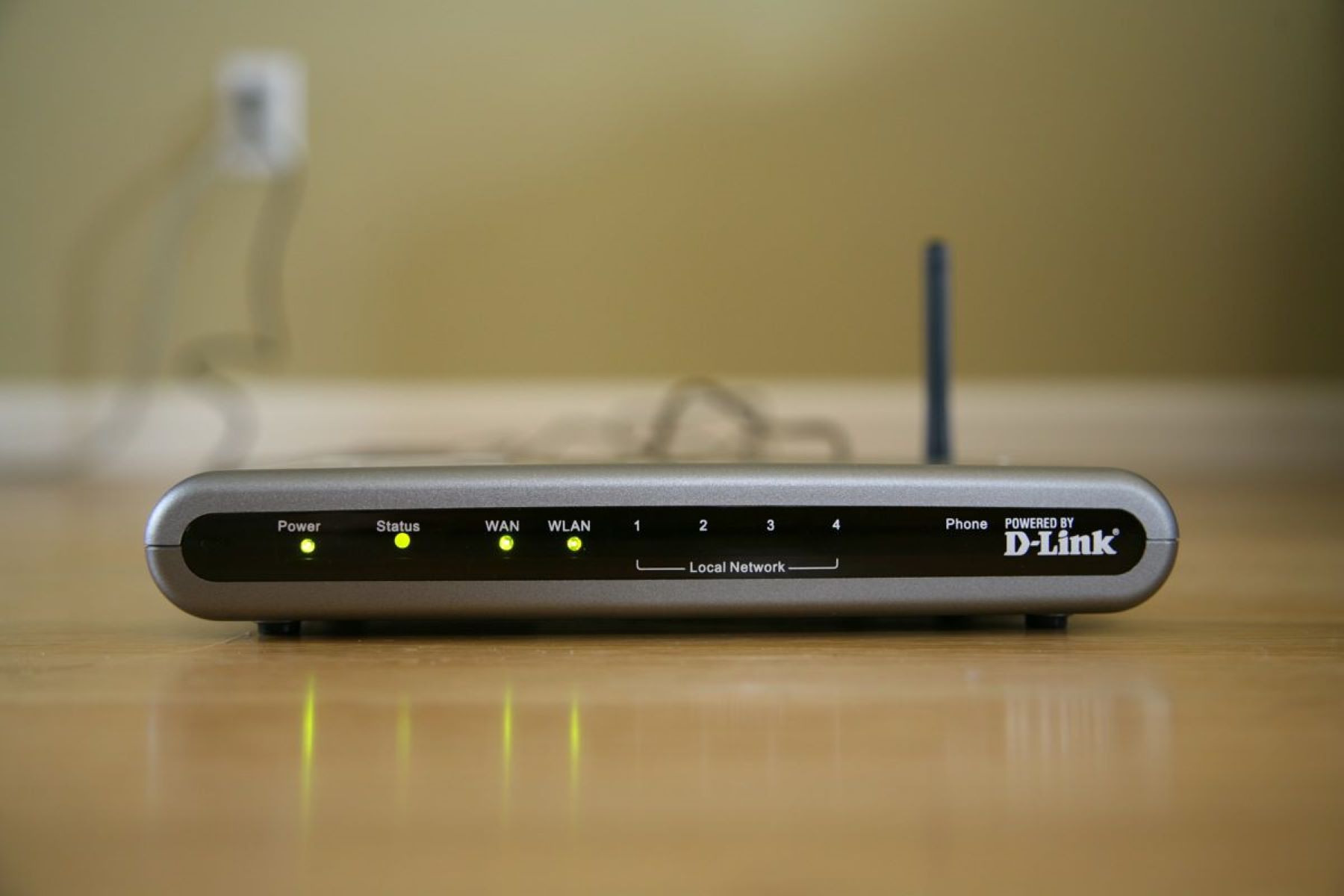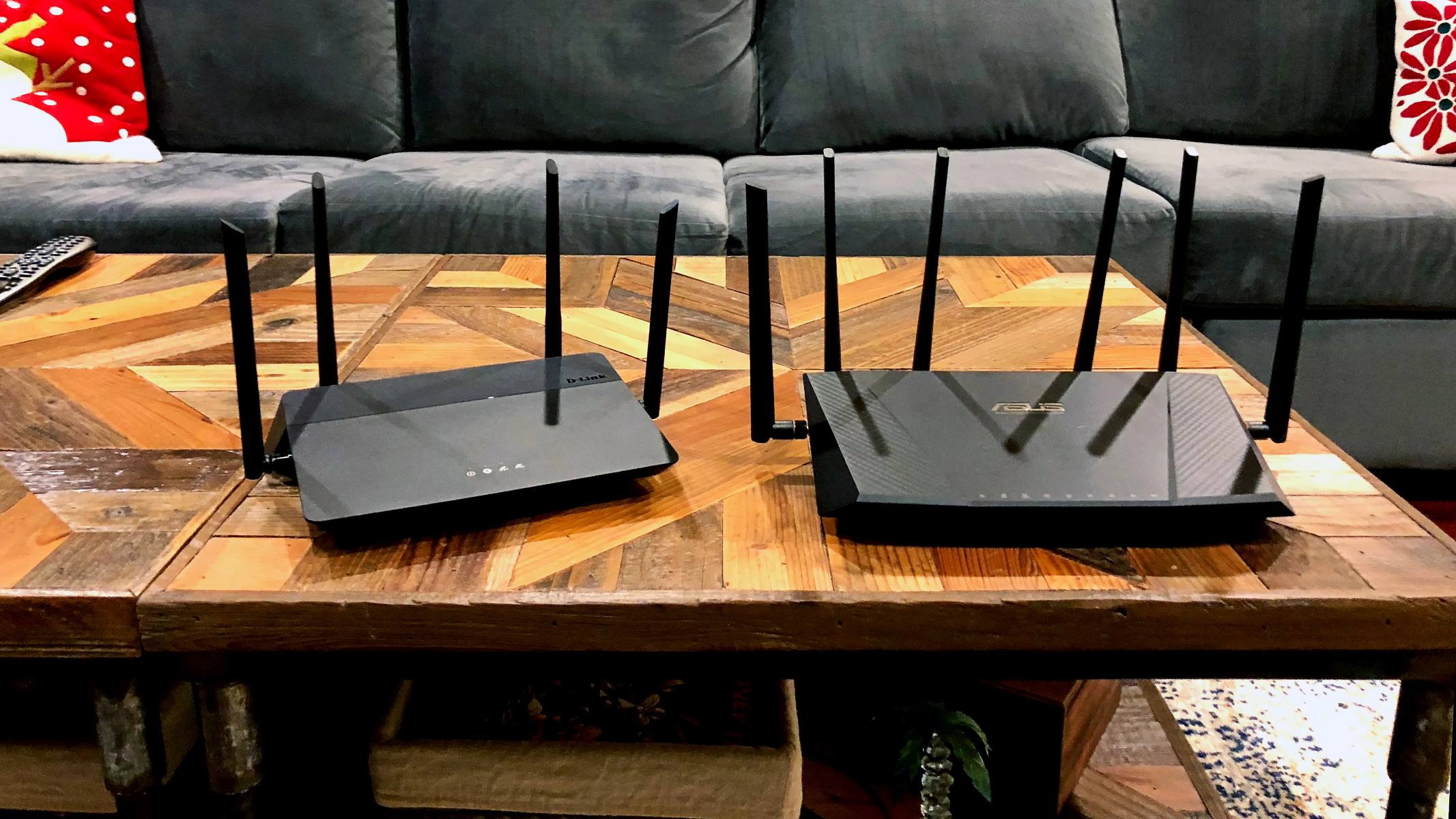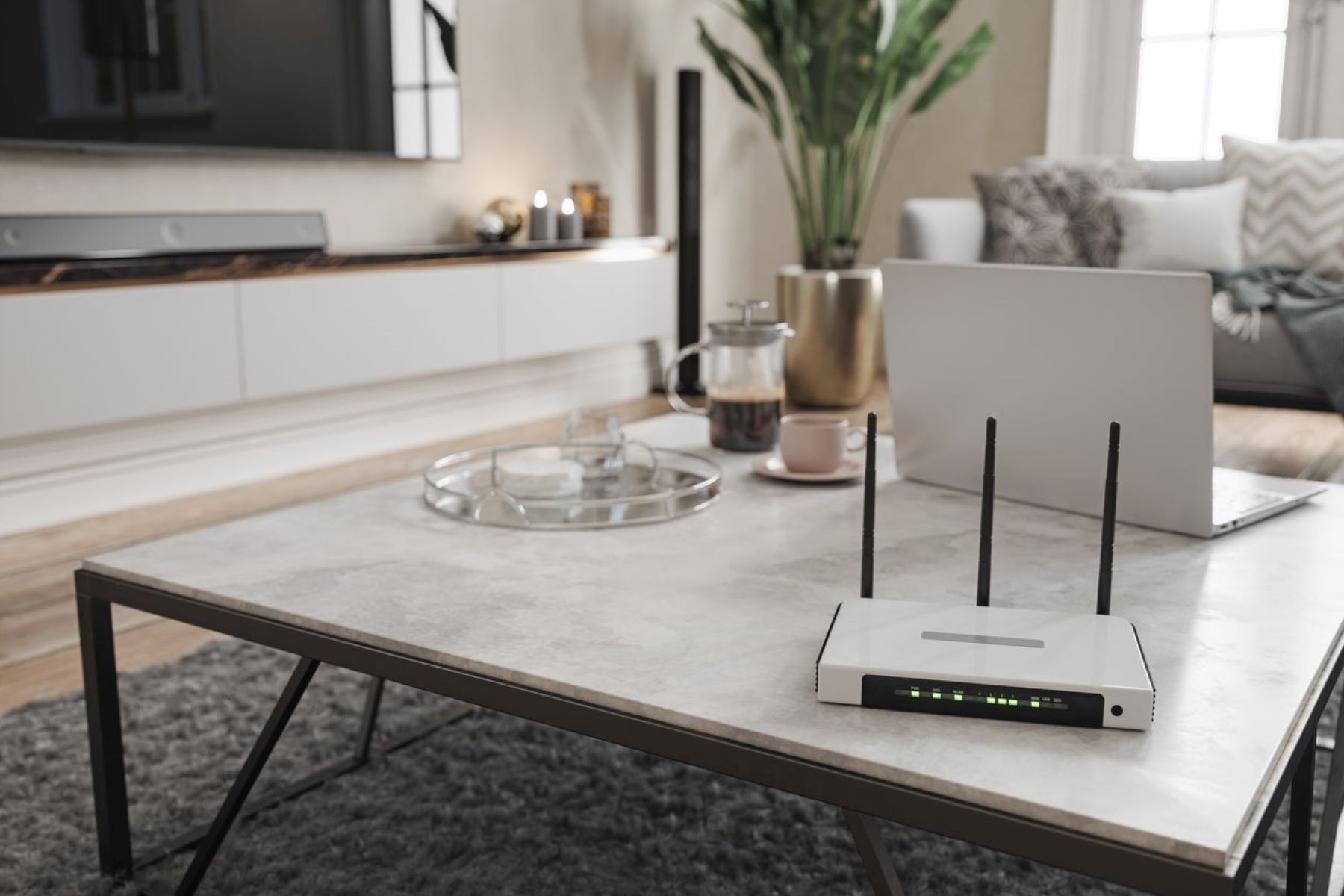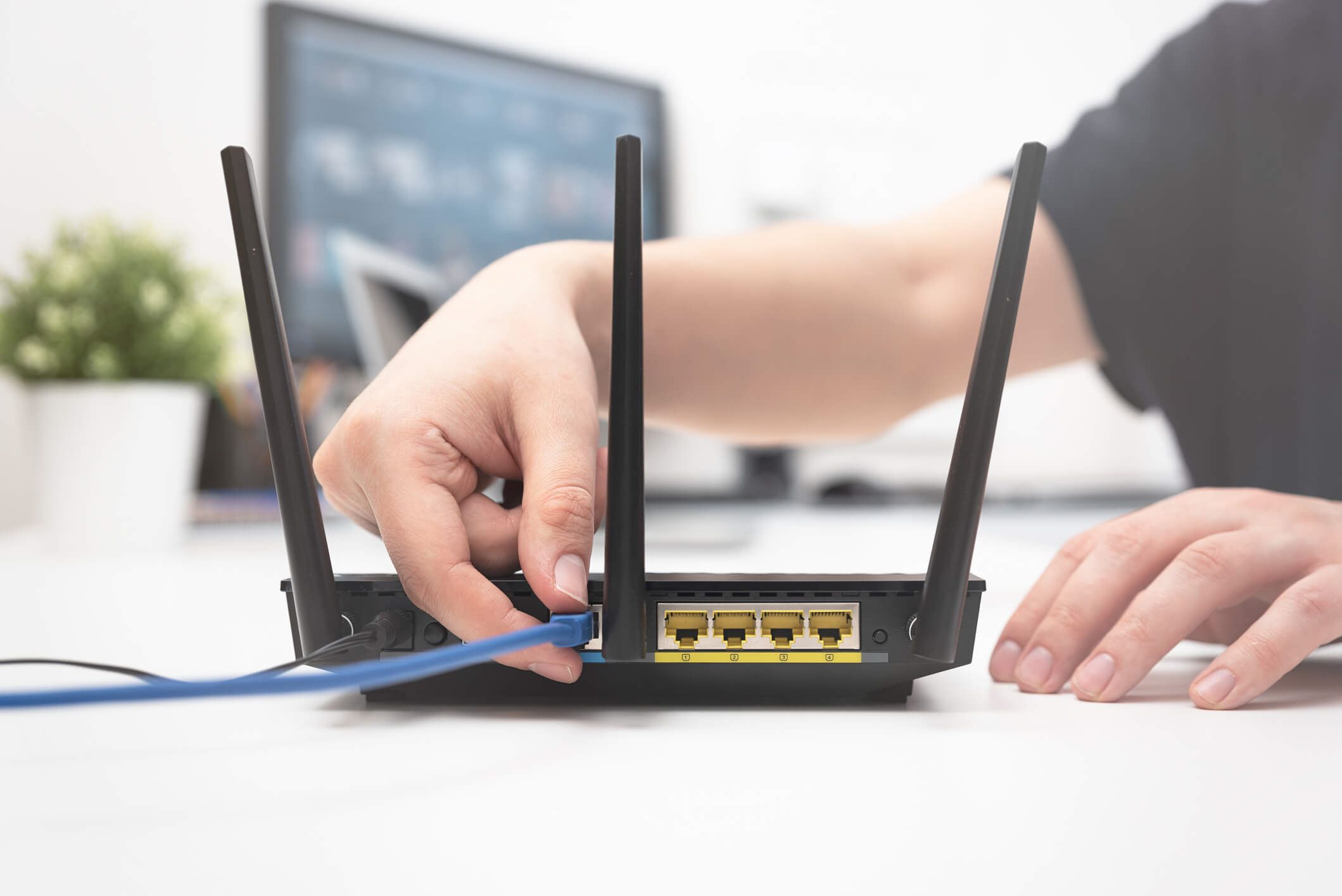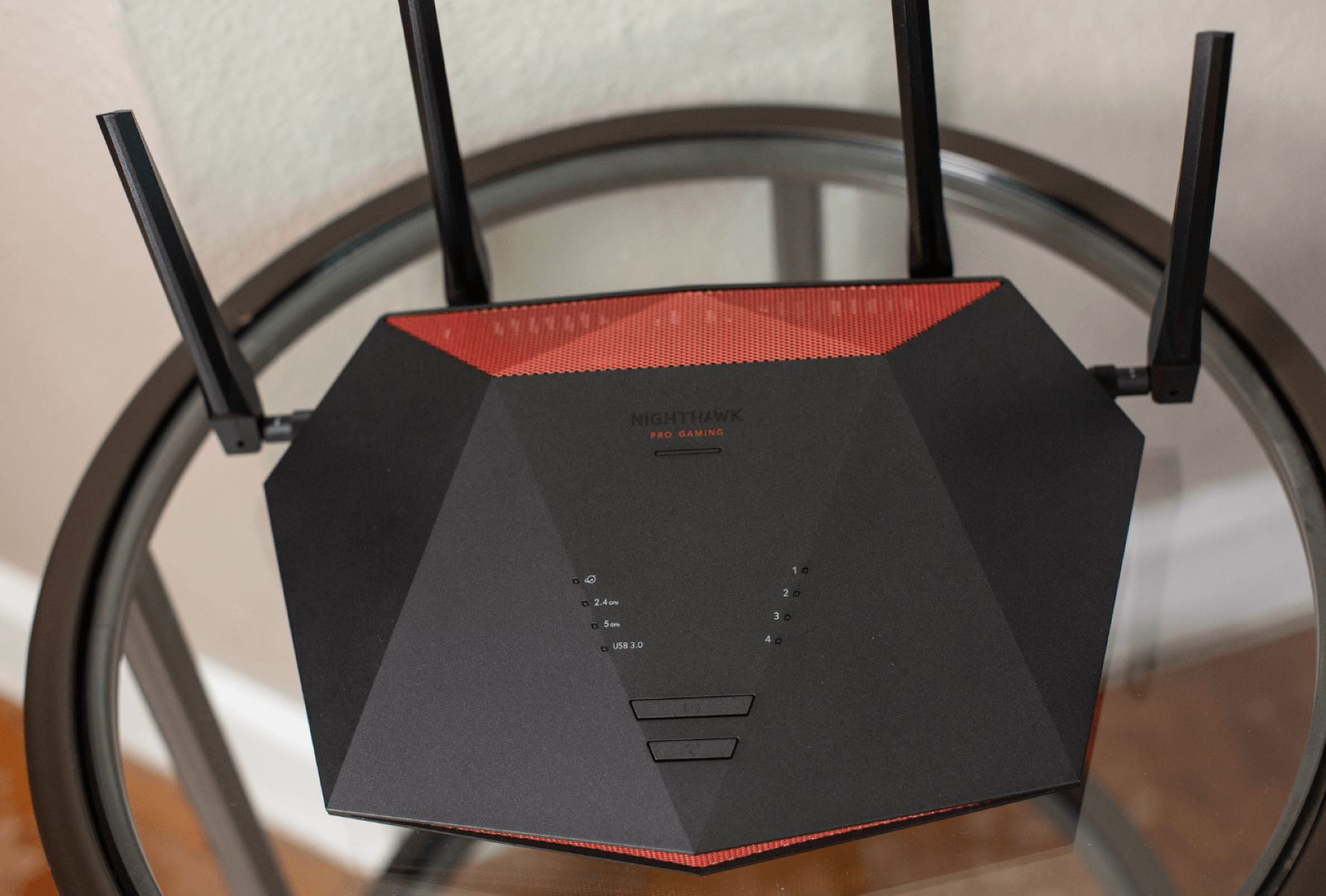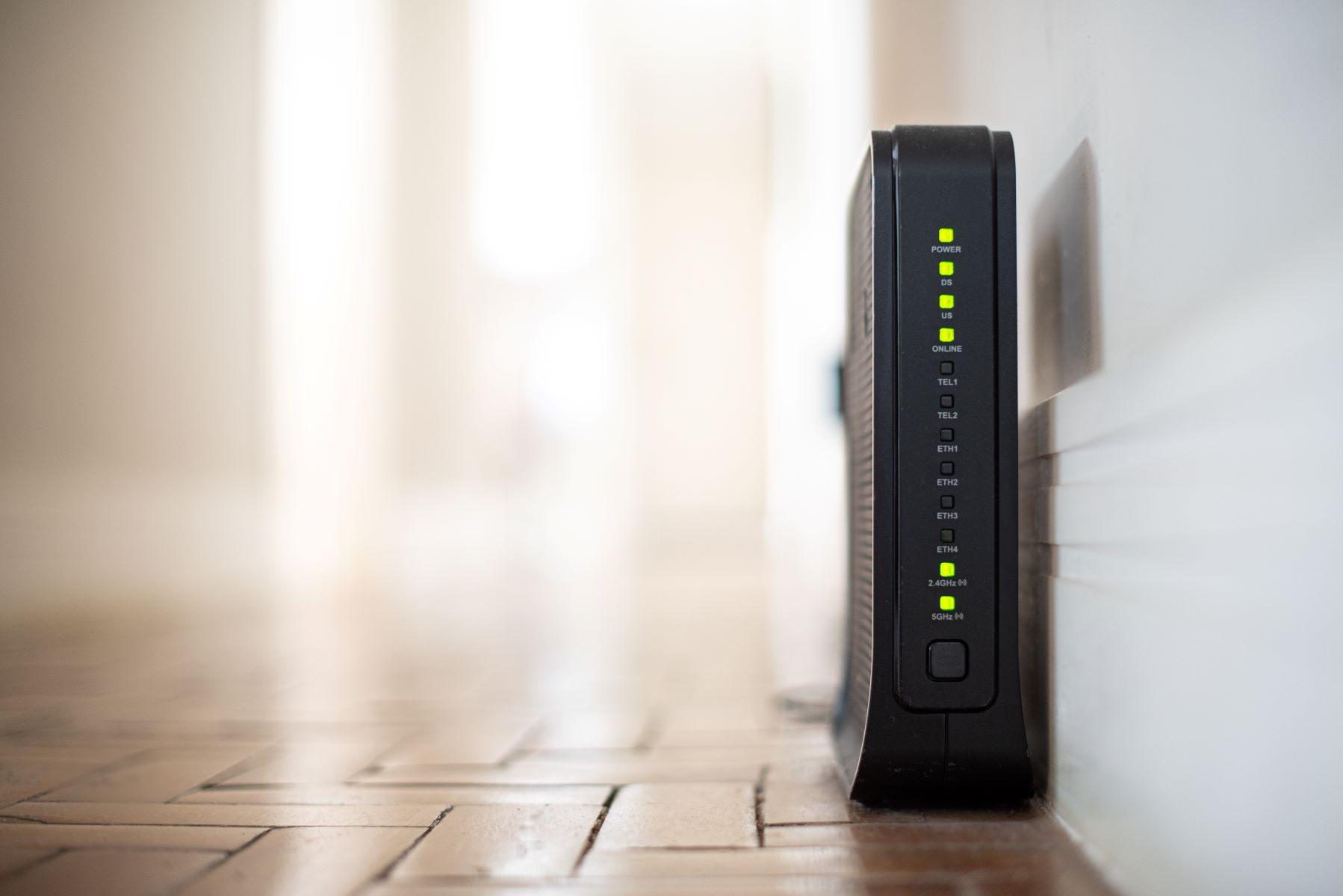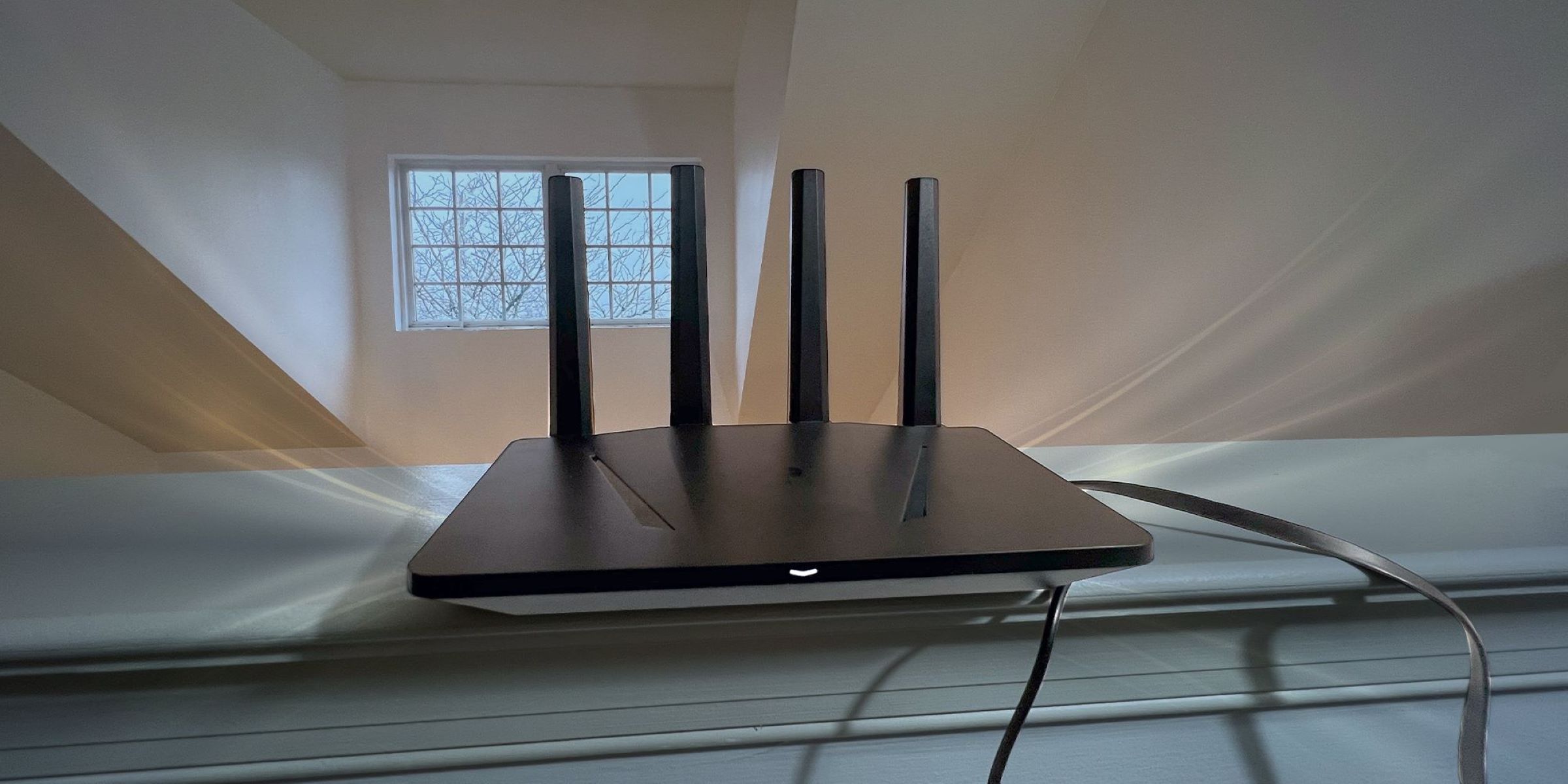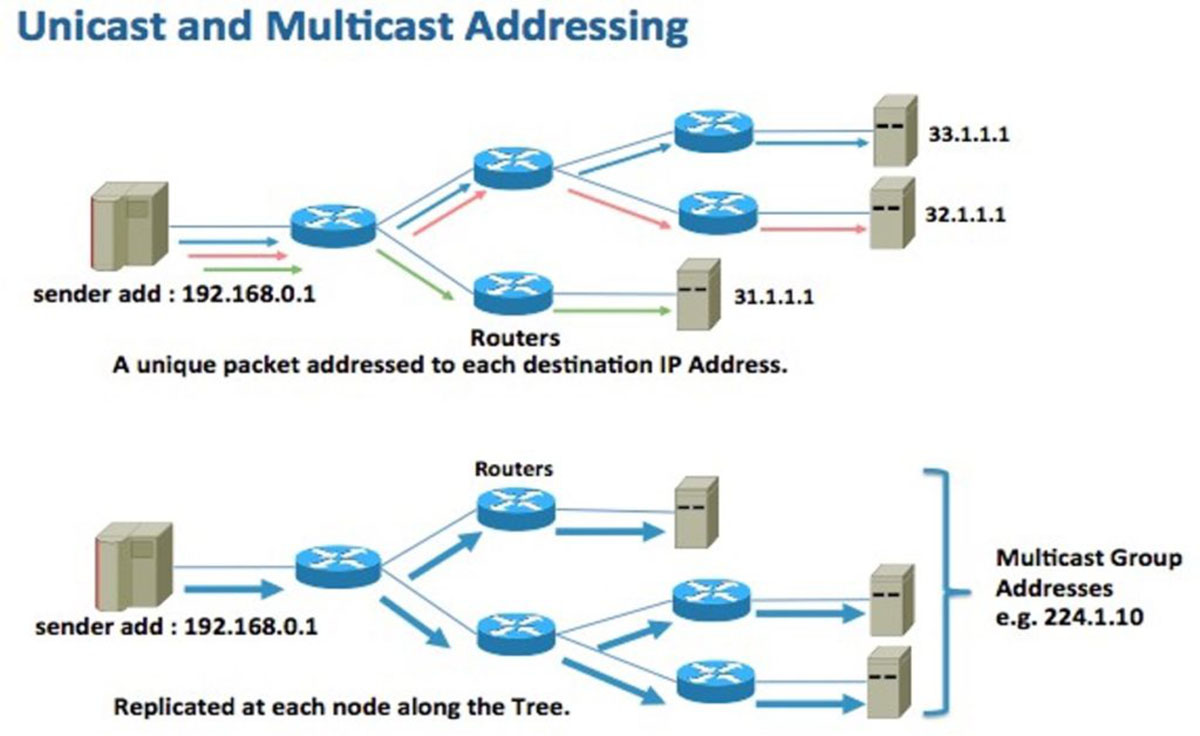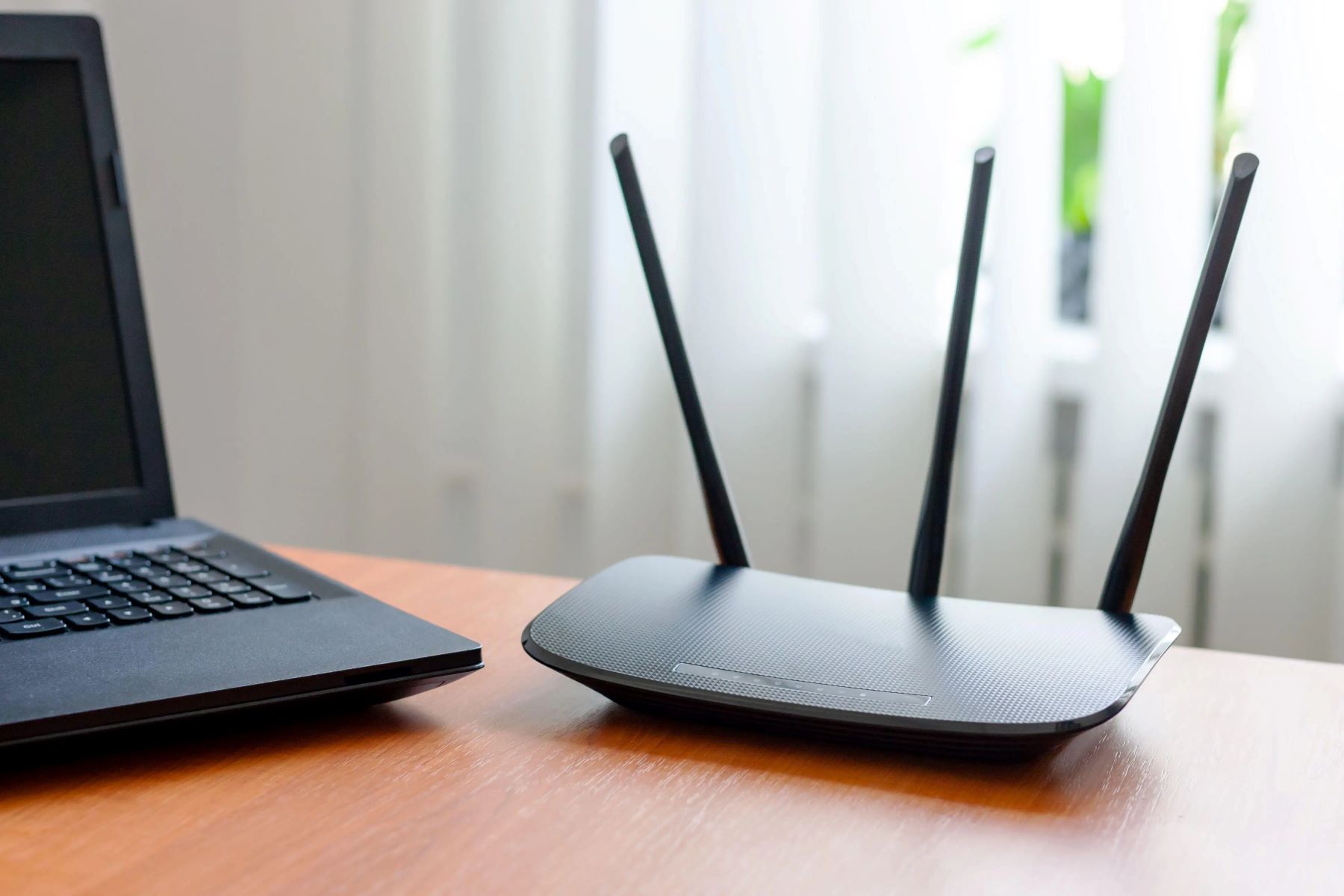Introduction
BGP, which stands for Border Gateway Protocol, is a crucial protocol that enables the exchange of routing information among different routers in an autonomous system (AS) or across multiple ASes. It plays a vital role in routing traffic between different networks on the internet. BGP routers are responsible for establishing neighbor relationships with other routers to exchange routing information effectively.
When BGP routers establish a neighbor relationship, they create a peer connection that allows them to exchange routing updates, learn about available routes, and ensure efficient routing of traffic. The process of establishing a neighbor relationship involves several steps, including initialization, message exchange, authentication, capability advertisement, keepalives, and route advertisement.
Understanding how BGP routers establish neighbor relationships is crucial for network administrators and engineers. This knowledge enables them to optimize the routing process, improve network performance, and troubleshoot any connectivity issues that may arise.
In this article, we will delve into the details of how BGP routers establish neighbor relationships. We will explore each step of the process, from initialization to route advertisement. By the end, you will have a clear understanding of how BGP routers form the foundation of robust and reliable routing in the interconnected world of networking.
What is BGP (Border Gateway Protocol)?
BGP, short for Border Gateway Protocol, is an exterior gateway protocol that allows routers in different autonomous systems (ASes) to exchange routing information and make informed decisions about the best paths for forwarding network traffic. It is considered a vital protocol in the operation of the internet as it enables efficient and scalable routing between different networks.
Unlike interior gateway protocols (IGPs) such as OSPF and RIP, which operate within a single AS, BGP operates between autonomous systems. An autonomous system is a collection of networks under a single administrative control. BGP allows these autonomous systems to communicate and exchange routing information with each other.
BGP is responsible for exchanging information about available routes and path characteristics, such as AS path, next hop, and route attributes. Routers running BGP use this information to build a routing table that determines the best paths for forwarding traffic between networks.
One of the notable features of BGP is its ability to make routing decisions based on more complex policies and attributes. Network administrators can manipulate BGP routes using communities, local preference, route maps, and other mechanisms to control traffic flow and implement policies.
Additionally, BGP supports a hierarchical structure called route reflectors and confederations, which help reduce the number of BGP connections and complexity in large-scale networks.
Overall, BGP plays a critical role in shaping how internet traffic is routed globally. It provides flexibility, scalability, and policy control, making it a powerful protocol for network administrators and service providers.
What is a BGP Router?
A BGP router is a networking device that implements the Border Gateway Protocol (BGP) to exchange routing information with other routers in an autonomous system (AS) or across multiple ASes. It plays a crucial role in the routing of internet traffic by learning about available routes and making informed decisions on how to forward packets.
A BGP router typically has several key components:
- BGP process: The BGP process is responsible for running the BGP protocol on the router. It manages the establishment and maintenance of BGP peering relationships, exchanges BGP messages, and maintains the BGP routing table.
- Routing table: The BGP router maintains a routing table, also known as the BGP table. This table contains information about the available routes and their associated attributes, such as the next-hop address, AS path, and route preferences.
- Neighbor configuration: BGP routers are configured with specific neighbor information, such as the IP address and autonomous system number (ASN) of the neighboring routers. This allows the routers to establish BGP peering relationships and exchange routing updates.
- Update messages: BGP routers use update messages to exchange routing information with their neighboring routers. These update messages contain details about the available routes, their attributes, and any updates or withdrawals of previously announced routes.
- Policies and attributes: BGP routers allow network administrators to define policies and manipulate route attributes to influence the routing decisions. This includes setting the local preference, applying route filters, and implementing traffic engineering techniques.
BGP routers are commonly deployed in internet service provider (ISP) networks and large enterprise networks that connect to multiple ISPs or have complex routing requirements. They enable efficient and flexible routing of internet traffic by participating in BGP peering relationships and exchanging routing information with other BGP routers.
Overall, BGP routers are essential devices that contribute to the stability, scalability, and efficient routing of internet traffic by utilizing the powerful BGP protocol to make intelligent routing decisions based on available routes and network policies.
How do BGP Routers Establish a Neighbor (Peer) Relationship?
BGP routers establish neighbor relationships, also known as BGP peering, to exchange routing information and ensure proper communication between routers. These neighbor relationships allow BGP routers to learn about available routes, share updates, and maintain an accurate routing table. The process of establishing a BGP neighbor relationship involves several key steps:
- BGP Router Initialization: When a BGP router boots up or establishes a new neighbor relationship, it initiates the BGP protocol and initializes the necessary data structures to handle BGP messages and routing updates.
- BGP Open Message Exchange: The first step in establishing a neighbor relationship is the exchange of BGP Open messages. These messages carry information about the router’s BGP capabilities, such as the BGP version number and the autonomous system number (ASN) to which it belongs.
- BGP Router Authentication: In certain cases, BGP routers may authenticate each other before establishing a neighbor relationship. This can be done using methods like TCP MD5 authentication or IPsec to ensure the security and authenticity of the neighbor relationship.
- BGP Router Capabilities Advertisement: After the Open message exchange and authentication (if applicable), BGP routers advertise their capabilities and supported features to each other. This includes information about route reflection, community support, multiprotocol extensions, and other features.
- BGP Router Keepalives: Once the initial messages and capabilities are exchanged, BGP routers establish a keepalive mechanism to keep the neighbor relationship alive. Keepalive messages are periodically exchanged between routers to ensure continuous connectivity and detect any failures or interruptions in the neighbor relationship.
- BGP Router Route Advertisement and Update: With the neighbor relationship established, BGP routers can begin exchanging routing information. They advertise their available routes and any changes or updates to those routes. This allows the receiving router to update its routing table accordingly.
- BGP Router Route Refresh: In certain scenarios, BGP routers may need to refresh their route information without tearing down the neighbor relationship. The route refresh capability allows routers to initiate a process where they can request and receive the latest routing updates from their neighbors.
These steps ensure the smooth establishment of BGP neighbor relationships, allowing routers to exchange routing updates and maintain accurate routing tables. The neighbor relationship is crucial for effective routing in BGP networks, enabling the routers to make informed decisions about the best paths for forwarding traffic.
Step 1: BGP Router Initialization
The initial step in establishing a neighbor relationship between BGP routers is the initialization process. When a BGP router boots up or initiates a new neighbor relationship, it starts the BGP protocol and initializes the necessary data structures to handle BGP messages and routing updates.
During initialization, the BGP router performs several important tasks:
- Local Configuration: The BGP router reads its local configuration, which includes the router’s autonomous system number (ASN), BGP router ID, and any specific BGP parameters set by the administrator.
- Hold Timer: The router sets a hold timer, which determines the maximum amount of time that it will wait without receiving any BGP messages from the neighbor before considering the neighbor connection as down.
- Keepalive Timer: The keepalive timer is set to determine the frequency at which BGP routers exchange keepalive messages with their neighbors. These messages are used to confirm that the neighbor relationship is still active.
- Memory Allocation: The router allocates memory space to store the BGP table, which will hold information on the available routes, their attributes, and other relevant data.
- Neighbor Discovery: The BGP router discovers its neighboring routers by examining its configured neighbor IP addresses. The router verifies that the IP addresses are reachable and can establish a TCP connection with the neighboring routers.
Once the initialization process is complete, the BGP router is ready to proceed with establishing the neighbor relationship. Initialization ensures that the router has the necessary information and resources to participate in the BGP protocol and exchange routing updates effectively.
It is important to note that BGP routers continuously monitor the neighbor relationships and can re-enter the initialization process if a neighbor connection is lost or disrupted. This allows the router to recover and re-establish the neighbor relationship to ensure uninterrupted routing.
In summary, the initialization step of BGP router establishment is crucial as it prepares the router for participation in the BGP protocol. By configuring local settings, setting timers, allocating memory, and discovering neighboring routers, BGP routers lay the foundation for successful neighbor relationships and the efficient exchange of routing information.
Step 2: BGP Open Message Exchange
Once the initialization process is complete, BGP routers proceed to the next step in establishing a neighbor relationship: the exchange of BGP Open messages. These messages serve as the initial communication between routers and contain essential information to establish compatibility and synchronization.
During the BGP Open message exchange, the following key information is exchanged:
- BGP Version Number: The BGP routers exchange their BGP version numbers to ensure compatibility. If a mismatch occurs, the routers might not be able to establish the neighbor relationship.
- Autonomous System Number (ASN): Each BGP router includes its own ASN in the Open message. This allows the neighboring routers to verify that they are connecting to the correct autonomous system.
- Hold Time: The hold time specifies the maximum length of time that the router is willing to wait without receiving any BGP messages from the neighbor. It is agreed upon during the Open message exchange and is used to determine the hold timer for the neighbor relationship.
- BGP Router ID: Each BGP router shares its unique BGP router ID in the Open message. The router ID is typically an IPv4 address that identifies the router within the autonomous system.
The BGP Open message also includes optional parameters that enable routers to negotiate various capabilities and settings, including route refresh support, multiprotocol extensions, and others. These optional parameters allow routers to establish a common understanding of the capabilities and features they can utilize during routing updates.
During the BGP Open message exchange, routers validate the received information against their own configured parameters. If the information matches and the necessary compatibility checks pass, the routers proceed to the next steps in establishing the neighbor relationship. However, if any mismatch or inconsistency is detected, the routers can terminate the connection or attempt to renegotiate the parameters.
The BGP Open message exchange ensures that routers have a common understanding of essential parameters and capabilities, allowing them to move forward in establishing the neighbor relationship. It serves as a synchronization step and sets the stage for further communication and exchange of routing information.
It’s worth noting that the Open message exchange occurs in a reliable and secure manner using the Transmission Control Protocol (TCP). TCP provides a connection-oriented, error-checking mechanism to ensure that the Open messages are delivered successfully between the BGP routers.
In summary, the BGP Open message exchange is a crucial step in establishing the neighbor relationship between BGP routers. It allows routers to synchronize their BGP version numbers, autonomous system numbers, hold times, and router IDs, ensuring compatibility and setting the foundation for further communication and routing updates.
Step 3: BGP Router Authentication
In certain cases, BGP routers may require authentication before establishing a neighbor relationship. The purpose of authentication is to ensure the security and authenticity of the neighbor relationship between BGP routers.
There are different authentication methods available for BGP routers, including:
- TCP MD5 Authentication: This method utilizes the TCP MD5 algorithm to authenticate BGP neighbors. The routers share a secret key or password, which is used to generate a hash value based on the TCP segments exchanged during the connection establishment. If the hash values match on both ends, the neighbors trust each other and proceed with establishing the neighbor relationship.
- IPsec: Internet Protocol Security (IPsec) can be used to secure the communication between BGP routers at the network layer. It provides encryption, integrity, and authentication services, ensuring that only trusted routers can establish a neighbor relationship.
BGP router authentication adds an extra layer of security to the neighbor relationship, protecting against attacks such as unauthorized access, data spoofing, or BGP peering with malicious routers. By authenticating each other, BGP routers can trust that the routing information received is from a legitimate and trusted source.
It’s important to note that authentication in BGP is optional and depends on the network administrator’s configuration and security requirements. If not explicitly configured, BGP routers will not perform authentication during the neighbor establishment process.
When configuring BGP router authentication, administrators must ensure that the shared secret key or password is kept confidential and known only to the authorized BGP routers. It is also essential to periodically update the authentication credentials to maintain a high level of security.
Overall, BGP router authentication provides an additional layer of protection and ensures the legitimacy of the neighbor relationship. By utilizing authentication mechanisms like TCP MD5 or IPsec, administrators can enhance the security and integrity of their BGP networks.
Step 4: BGP Router Capabilities Advertisement
Once BGP routers have exchanged the Open messages and established basic compatibility, they proceed to the next step in establishing the neighbor relationship: the advertisement of their capabilities. During this step, BGP routers inform each other about their supported features, extensions, and capabilities.
The advertisement of BGP router capabilities serves several important purposes:
- Feature Negotiation: BGP routers exchange information about the additional capabilities and features they support. This includes features like support for route reflection, multiprotocol extensions for carrying different address families, and other BGP extensions. By exchanging this information, the routers can negotiate which features will be utilized during the routing updates.
- Compatibility Check: The capabilities advertisement allows BGP routers to ensure that they have a common understanding of the supported features. If a router does not support a specific capability required by the other router, they may decide not to establish the neighbor relationship or adjust their configurations accordingly.
- Enhanced Routing Functionality: BGP router capabilities advertisement enables the routers to utilize advanced features and mechanisms to enhance the routing functionality. For example, routers utilizing route reflection can leverage this capability to reduce the number of BGP peering connections and simplify network topology.
During the capabilities advertisement, BGP routers exchange information through BGP Update messages. This allows them to announce their support for specific capabilities and extensions in a structured manner. The capabilities are defined using BGP attribute codes, ensuring standardized communication between routers from different vendors.
It is important to note that the advertisement of capabilities is based on the configuration of each BGP router. Administrators can selectively enable or disable certain features and extensions based on their specific network requirements and policies.
By exchanging information about their capabilities, BGP routers establish a common understanding of the supported features and extensions, allowing them to negotiate the most efficient and effective way to exchange routing updates. This step ensures compatibility and lays the foundation for further communication and routing information exchange across the neighbor relationship.
In summary, the advertisement of BGP router capabilities is a crucial step in establishing the neighbor relationship. By exchanging information about their supported features and extensions, the routers can negotiate compatibility and enhance the routing functionality, leading to more efficient and effective routing updates.
Step 5: BGP Router Keepalives
After the BGP routers have established compatibility and exchanged information about their capabilities, they move to the next step in establishing the neighbor relationship: implementing the keepalive mechanism. Keepalives are essential for maintaining the connectivity and liveliness of the neighbor relationship.
The keepalive mechanism in BGP involves the exchange of periodic messages between the routers to indicate that the neighbor connection is still active. These messages, known as BGP Keepalive messages, are sent at a regular interval mutually agreed upon during the Open message exchange.
The BGP Keepalive messages serve several important purposes:
- Connection Monitoring: By regularly exchanging keepalive messages, BGP routers can monitor the status of the neighbor connection. If a router stops receiving keepalive messages after a certain interval (controlled by the hold time), it can assume that the neighbor is no longer reachable or the connection is disrupted.
- Failure Detection: Keepalives help in detecting failures or interruptions in the neighbor relationship. If a router does not receive a keepalive message within the expected interval, it can initiate a process to re-establish the neighbor relationship with the remote router.
- Neighbor Liveliness: The exchange of keepalive messages confirms that the neighboring router is still active and operational. It provides assurance that the neighbor is functional and able to participate in further BGP communication, including exchanging routing updates.
The interval at which BGP Keepalive messages are exchanged is essential to maintain the desired level of neighbor liveliness and responsiveness. A shorter interval allows for quicker detection of failures but introduces additional overhead, while a longer interval reduces overhead but increases the time taken to detect failures.
BGP routers also utilize the hold time parameter, which is agreed upon during the Open message exchange, to determine the maximum duration for which they can wait without receiving a Keepalive message before considering the neighbor connection as down.
It’s worth mentioning that the keepalive mechanism operates in conjunction with the BGP hold timer. The routers periodically exchange keepalive messages to ensure that the connection remains active and the hold time counts down. If a router fails to receive a keepalive message within the hold time, it initiates procedures to re-establish the neighbor relationship.
In summary, the implementation of the BGP router keepalive mechanism is crucial for monitoring neighbor connectivity, detecting failures, and ensuring the liveliness of the neighbor relationship. By periodically exchanging keepalive messages, BGP routers can maintain an active and reliable connection, enabling them to proceed with exchanging routing updates effectively.
Step 6: BGP Router Route Advertisement and Update
After the BGP routers have established a stable neighbor relationship, they move on to the crucial step of advertising and updating routing information. In this step, BGP routers exchange information about available routes and any changes in order to build and maintain accurate routing tables.
The process of route advertisement and update in BGP involves the following:
- Route Advertisement: BGP routers advertise their available routes to their neighbors. These routes are typically obtained from other routing protocols or from manual route configuration. The router may also filter or manipulate routes based on network policies and attributes.
- BGP Update Messages: The route advertisement occurs through the exchange of BGP Update messages. These messages include information about the advertised routes, route attributes, and any changes or withdrawals of previously advertised routes. Updates can be triggered by changes in the network or based on timers and policies configured on the router.
- Best Path Selection: On receiving BGP Update messages, BGP routers analyze the advertised routes and their associated attributes to select the best path for each destination. The Best Path Selection process is based on various factors, including the length of the AS path, route preferences, local policies, and route origin.
- Routing Table Update: Based on the best path selection, BGP routers update their routing tables with the newly learned or modified routes. This ensures that the routers have an updated view of the network and can make informed decisions on how to forward traffic.
Route advertisement and update in BGP is a continuous process, allowing routers to adapt to changes in the network and maintain an accurate routing table. As routers exchange routing information, they also exchange information about any changes or withdrawals of previously announced routes, ensuring that their routing tables remain synchronized.
It’s worth noting that BGP routers follow a policy-based approach to route advertisement and update. Network administrators have granular control over how routes are advertised and manipulated using techniques such as route maps, filters, and communities. This allows for efficient traffic engineering, route optimization, and the implementation of specific network policies.
In summary, the step of BGP router route advertisement and update is essential for the routers to exchange information about available routes and maintain accurate routing tables. Through the exchange of BGP Update messages, routers advertise routes, update their routing tables, and ensure synchronization with their neighbors, forming the foundation for effective and efficient routing in BGP networks.
Step 7: BGP Router Route Refresh
The final step in the establishment of a BGP neighbor relationship is the implementation of the BGP Router Route Refresh mechanism. This mechanism allows routers to request and receive the latest routing updates from their neighbors without tearing down the neighbor relationship.
Route Refresh serves several important purposes:
- Updating Stale Information: Over time, the routing information learned by BGP routers may become stale or outdated. By performing a Route Refresh, routers can request fresh routing updates from their neighbors, ensuring they have the most up-to-date information about available routes.
- Efficiency and Scalability: Instead of tearing down the neighbor relationship and re-establishing it, Route Refresh allows routers to refresh the routing information while maintaining the established connections. This process improves the overall scalability and efficiency of BGP in large networks.
- Minimizing Network Disruption: Route Refresh reduces the impact of route updates on the network. By requesting updates only for specific routes or route prefixes, routers can minimize the disruption caused by unnecessary withdrawals and re-advertisements of routes.
The BGP Route Refresh mechanism is triggered by a specific message, the Route Refresh Request (RRR) message, sent by a BGP router to its neighbor. The RRR message specifies the route family or address family for which the router is requesting routing updates. The neighbor router responds with a Route Refresh Message (RRM), providing the latest routing updates for the specified route family.
It’s important to note that the Route Refresh mechanism is not a mandatory feature in BGP. Its usage depends on the specific implementation and support from BGP routers. Routers need to be configured to allow Route Refresh requests and responses.
The Route Refresh process is typically initiated by routers seeking to update their routing information. When a BGP router receives a Route Refresh request from a neighbor, it validates the request and initiates the process of sending the updated routing information for the requested route family.
In summary, the BGP Router Route Refresh mechanism provides a convenient way to refresh routing information without tearing down the neighbor relationship. By exchanging Route Refresh Request and Route Refresh Message, routers can ensure the most up-to-date routing updates while maintaining network scalability and minimizing disruption.
Conclusion
BGP neighbor relationships play a crucial role in the operation of the Border Gateway Protocol (BGP), enabling routers to exchange routing information and make informed decisions about the best paths for forwarding network traffic. Through a series of steps, BGP routers establish stable neighbor relationships, ensuring efficient and reliable routing in complex networks.
In this article, we explored the process of establishing BGP neighbor relationships, from router initialization to route advertisement and update. We learned that BGP routers go through an initialization process, exchange BGP Open messages to establish compatibility, and may authenticate each other for enhanced security.
Furthermore, BGP routers advertise their capabilities to negotiate features and extensions, implement a keepalive mechanism to monitor neighbor connectivity, and exchange routing information through BGP Update messages. Lastly, BGP routers can also utilize the Route Refresh mechanism to request and receive updated routing information without disrupting the neighbor relationship.
Understanding how BGP routers establish neighbor relationships is essential for network administrators and engineers. This knowledge allows them to optimize the routing process, troubleshoot connectivity issues, and ensure efficient traffic flow between networks.
By following the steps outlined in this article, BGP routers can establish and maintain neighbor relationships, enabling the exchange of routing updates and the maintenance of accurate routing tables. With the ability to learn about available routes and make informed routing decisions, BGP routers form the backbone of the internet, ensuring that network traffic is efficiently and reliably routed across autonomous systems.
In conclusion, the establishment of BGP neighbor relationships is a foundational aspect of the Border Gateway Protocol, enabling routers to communicate, exchange routing information, and facilitate efficient global network connectivity.







